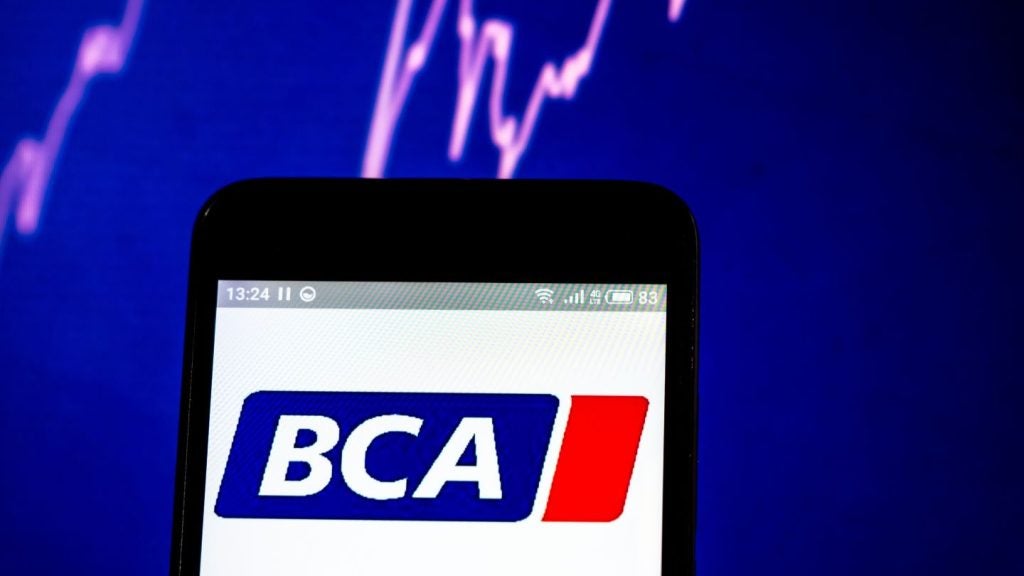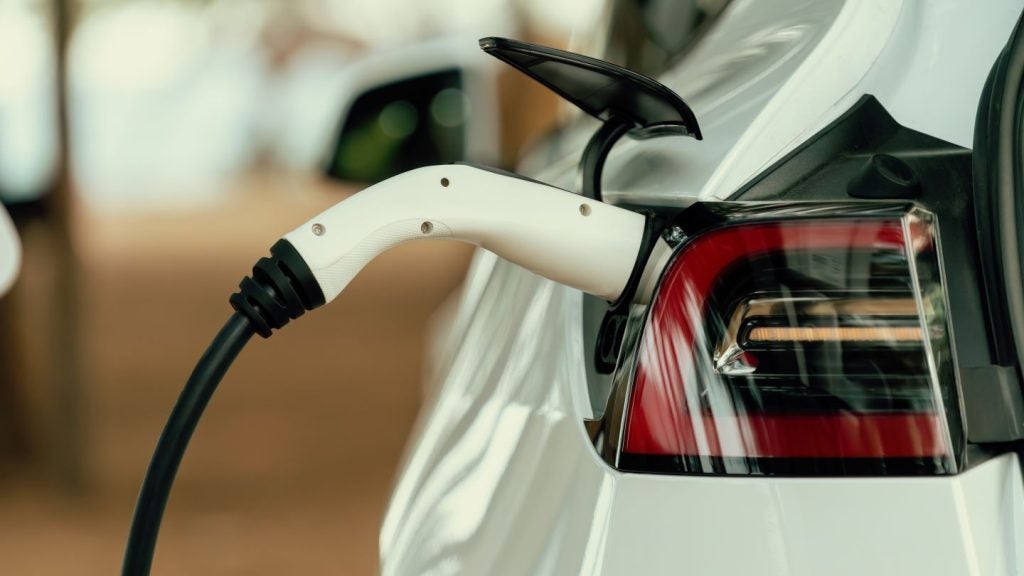
The Worldwide Harmonized Light Vehicles Test Procedure (WLTP) was the topic on everybody’s lips this summer. Whether you are a manufacturer, leasing company, fleet decision-maker or driver, ‘what should we do about WLTP?’ is the key question, writes Simon Carr, chief commercial officer at Alphabet.
Even only a week or so away from the 1 September deadline, some manufacturers were yet to reveal the CO2 and economy figures for large parts of their product range. The implementation of the new testing regime is causing disruption to ordering and vehicle supply for some OEMs – with company car drivers facing uncertainty about their personal tax liability as they simply do not know what the CO2 value of the vehicle they have ordered will be until it arrives.
It is a far-from-ideal situation for drivers and fleets. But WLTP is a subject that has been coming down the track for a while, and forward-thinking businesses and OEMs have been discussing WLTP and its implications for at least the last 12 months.
We presented the subject at ACFO’s autumn seminar last September, and hosted an in-depth session on WLTP with customers at our Alphabet forum last November.
NAIL IN THE COFFIN?
The general consensus is that the move from NEDC to NEDC 2.0 (or NEDC Correlated) by September will see an increase of 5-10% on average for CO2 output for vehicles. Of course, some vehicles will face aboveaverage CO2 increases.
However, I have also heard in some circles a knee-jerk reaction that WLTP, along with benefit-in-kind (BIK) tax increases, will be a further ‘nail in the coffin’ for the traditional company car scheme.
How well do you really know your competitors?
Access the most comprehensive Company Profiles on the market, powered by GlobalData. Save hours of research. Gain competitive edge.

Thank you!
Your download email will arrive shortly
Not ready to buy yet? Download a free sample
We are confident about the unique quality of our Company Profiles. However, we want you to make the most beneficial decision for your business, so we offer a free sample that you can download by submitting the below form
By GlobalDataPersonally, I think that view is ill-informed and misleading. From the consultancy work we have been doing with our customers over the past few months to help them prepare for WLTP, as well as the research we have supported with BVRLA, there are some important points that should be made clear:
1. The BVRLA has shown that nearly half (44%) of company car drivers are lowerrate tax payers – far from the stereotype that all company car drivers are executives and ‘fat cats’;
2. Alphabet has analysed over 1,500 vehicles in our customers’ fleets which are due to be replaced over the next few months. For a company car costing £20,000, a popular price point with lower-rate tax payers, even with CO2 output increasing from 97 g/km under NEDC to 107 g/km with NEDC 2.0, the increase in tax is only £6.67 per month in BIK, and
3. Even factoring in the increases in BIK up to 2021, a lower-rate tax payer will be paying less than £100 per month in BIK for a fully insured, fully maintained company vehicle.
That is truly an unbeatable deal for a company car driver and one which organisations really need to ensure their employees understand.
MAKING IT WORK
Ultimately, expertise can help fleets and drivers navigate this uncertainty, and choosing the right vehicle is key to making WLTP work for you. For example, a popular model like the new Ford Focus TDCi Zetec actually reduces its CO2 output in September 2018 from 99g/km to 91g/km.
Similarly, with RDE2 diesels in development and expected over the next 1218 months, choosing these vehicles in future will avoid incurring the 4% diesel surcharge announced in the November 2017 Budget.
That is before we even start talking about increasing the numbers of hybrids and battery electric vehicles on fleet. From a fleet decision-maker’s perspective, as with any significant change, WLTP offers some challenges and opportunities with the right support and expertise.
Even for ‘essential role users’, company cars are never just a means of getting from A to B – they are also a way to attract, reward and retain the right people. All too often I hear that the true value of a company car for an employee – as well as for fleets – is only really understood when they no longer have a company car.
Purely from an operational impact and business-continuity view, have you put a price on what would happen in a scenario where your employees do not have access to a safe, modern, low-CO2, well-maintained and insured vehicle?







